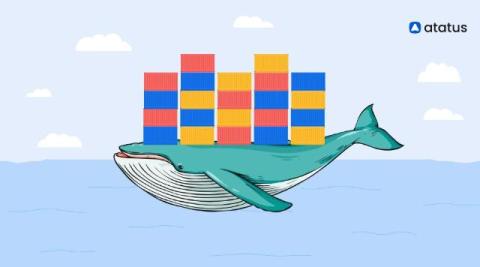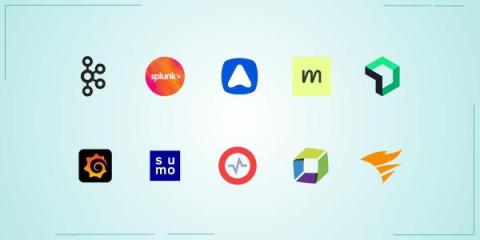Building a Docker Swarm on AWS EC2: A Step-by-Step Guide
In today's tutorial, we're diving into the world of container orchestration by setting up a Docker Swarm on AWS EC2 instances. Docker Swarm allows you to manage a cluster of Docker hosts as a single virtual system, making it easier to deploy and scale your containerized applications. By leveraging the power of AWS EC2, we'll walk through each step to get your Swarm up and running smoothly.











